Largest Sea in the World- 6 Facts You Might Not Know
The Philippine Sea is the largest in the world in terms of the surface area covered. It stretches 5.695 million square kilometres and lies in the western part of the North Pacific Ocean.
The Philippine Sea is about 13450 feet deep and its water volume is approximately 23.5 million cubic km.The Philippine sea has many islands such as Bonin, Luzon, Mariana islands, Saipan, Yap, Ryukyu, Dinagat islands etc.
In the west, the Philippine Sea is bordered by the nations of Taiwan and the Philippines, in the north, it touches Japanese shores, the Marianas on the east and in the south it reaches the coastlines of Palau.
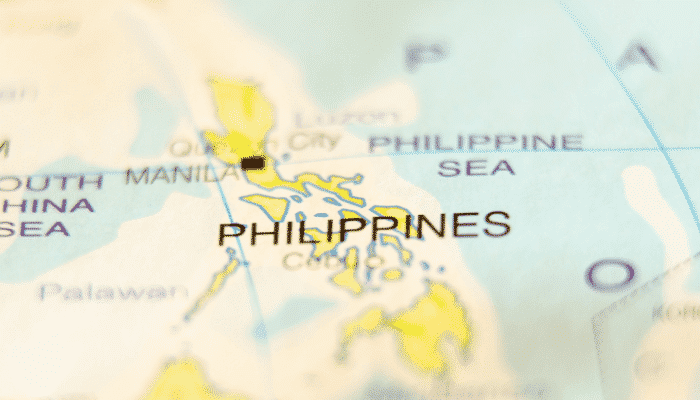
The Philippine sea plate makes up the seafloor. The increased tectonic movements have led to the creation of island arcs, which are clusters of active volcanoes lying under the seas or oceans with slight protruding edges on the water surface.
These underwater volcanic mountains rise to a height of about 1500 miles. The deepest trenches in the world are found in the Philippine sea, formed as a result of tectonic movements and heightened seismic activities.
The Philippine Sea is the home of the deepest trenches in the world including the deepest location on earth-The Mariana Trench and others like the Izu-Bonin, Nankai, Ryukyu trench and the Philippine trench.
The Philippine sea is millions of years old and its basin has been formed of geological folds and fractures. It is estimated to have formed between 119 to 131 million years ago, in the geological age of the Eocene.
The sea was visited by many explorers and adventurers who ventured into the Pacific Ocean in the 15th and 16th centuries, including the Spanish.
It is famous for its rich biodiversity and marine life that requires protection.
While there is so much more about the largest sea in the world, let us explore some interesting and mind-boggling facts about the Philippine sea.
1. Discovered by the explorer, Ferdinand Magellan in 1521
The Philippine Sea was first discovered by Ferdinand Magellan in 1521. A Portuguese explorer, he wanted to circumnavigate the planet. However, his travels and explorations were sponsored by the Spanish crown. He was instructed to travel through the Atlantic and find the route to the East Indies.
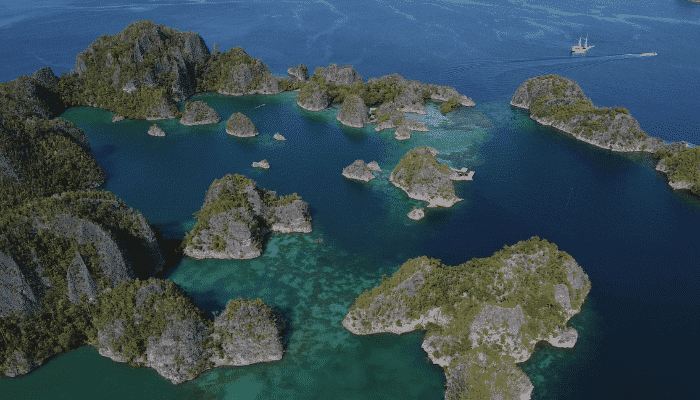
Magellan started his voyage with five ships and 250 men on board in 1519. He decided to sail towards the west, to avoid Portuguese controlled regions, and in the course of his voyage faced many perils before he encountered a calm sea. He named it the Pacific ocean as it possessed calm waters.
Soon, he reached the Philippine sea, which he named the Mar Filipinas. This event happened while he and his crew were exploring the Mariana islands. The crew was distressed as the supplies were ending. Many died of scurvy, hunger and disease before the remaining reached the Philippines in 1521.
In the Philippines, he traded with the local tribal leaders, trying to understand their culture and spread Christianity. One of the skirmishes with a tribe leader proved fatal for him, resulting in his death.
His ship reached Spain with the remaining 17 men in 1522. Thus, after this voyage by Magellan, numerous Spanish explorers frequented the Philippine sea between 1522 to 1565. Since then, it became a famous and convenient trade route used by huge Galleon ships that transported luxurious goods and heavy cargoes across Asia and Europe.
2. Philippine Sea is named after Spanish King Philip II
The Philippine Sea is named after the Spanish King Philip II. After the maiden voyage of Magellan to the Philippines and neighbouring islands, Portugal entered into conflicts with Spain, claiming its territories. However, in 1542, Spain reconquered its possessions; islands, neighbouring sea routes, including the Philippines from Portuguese control.
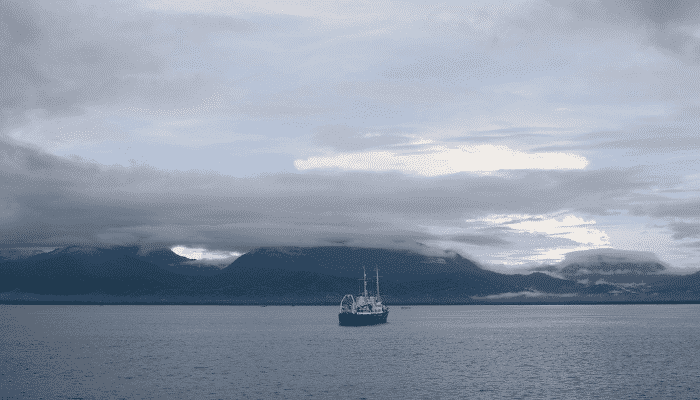
To emphasise Spanish control and paramountcy, the biggest island was named the Philippines and the neighbouring sea lying on its eastern and northern side was called the Philippine Sea. This occurred during the Spanish expedition to the Philippines from 1542-56, headed by Ruy Lopez de Villalobos, an enthusiastic explorer favoured by the Spanish Crown.
3. History’s biggest carrier-to carrier war was fought in the Philippine Sea
A deciding battle between two naval powers, the United States and Japan, the Battle of the Philippine Sea in 1944 is one of the important wars fought during World War 2. It eliminated Japan’s ability and right to carry out huge-carrier operations in the region.
The battle comprised the US 5th naval fleet in opposition to the Imperial naval mobile fleet of Japan. The battle was fought by 24 aircraft carriers and 1350 carrier-borne aircrafts loaded with weapons. The Japanese suffered tremendous losses due to the superior maritime technology of the Americans. They possessed better ships, submarines and communications as compared to the non-trained Japanese naval pilots and the not-so-able tactics of the Japanese.
Although Japan lost the battle, America also suffered huge losses as about 80 of its aircraft were lost or sank in the Philippine sea. The reason being they had less fuel for their return journey to the carriers. Nonetheless, it destroyed the power of the Japanese navy.
4. Philippines Sea is home to the deepest point on the planet- Challenger Deep
The Challenger Deep, the deepest point on earth, is located in the Mariana Trench in the Western Pacific Ocean, near the Philippines and Mariana Islands. Mariana trench is the deepest place on earth, spanning 2550 kilometres. Challenger Deep is located about 300 kilometres to Guam, in its southwest and its depth is estimated to be 36,070 feet.
Deep ocean trenches are formed due to tectonic plate movements, from the collision and friction of two geological plates, one slides above or beneath the other, creating a trench. Mariana trench is one such trough on the ocean bed.
HMS Challenger, a British vessel in 1875 first measured the depth of Mariana Trench, which is said to have been formed 180 million years ago. It found that Mariana Trench was 8 miles deep however HMS Challenger 2 in 1951 correctly measured it to be 7 miles deep. The first descent to Challenger Deep took five hours and was made by Jacques Piccard and Don Walsh in a submersible called Trieste in 1960. The second visit to the Deep was made by the famous Hollywood director, James Cameron in 2012 on his DeepSea Challenger.
The Challenger Deep is pitch-dark as sunlight cannot reach such ocean depths. Another interesting fact is that the pressure in the Deep is 1000 times more than that on land, which is why most missions to the deep are unmanned.
Mariana Trench and Challenger Deep are prized possessions of Biologists and the Scientific Community due to their yet undiscovered marine treasures. Scientists have hovered over the questions of life in the Deep. Some even believe that the oldest life forms on the planet might have originated from the Challenger Deep. Geologists believe that study of the deep could lead to a nuanced understanding of the planet’s early stages including earliest life i.e microorganisms which could further unravel mysteries about the planet’s beginnings.
5. The Pacific Ring of Fire crosses the Philippine Sea
The Pacific Ring of Fire, an area of increased seismic activities, tectonic movements and about 450 volcanoes span a large chunk of the Pacific Ocean and also passes through the Philippine Sea plate. It is named ‘the ring of fire’ due to the presence of many active volcanoes and earthquakes in the surrounding regions.
The Ring of Fire stretches 40,000 km and covers Indonesia, the Philippines, islands of Kuril, western North American coastline etc.
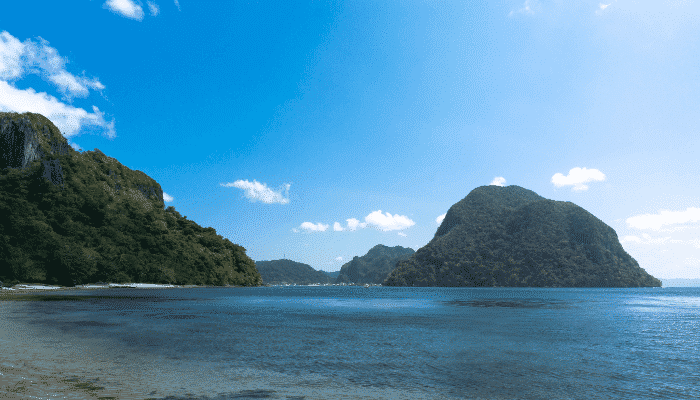
The planet’s biggest and most devastating earthquakes and more than 70% of the deadly volcanoes originate in the ring of fire. The Philippine Sea comprises numerous active volcanoes that often spew hot volcanic ash to the surface, contributing to the formation of ash islands. These volcanoes are huge, some rising to a height of about 10,000 feet and above.
Some of the biggest volcanic eruptions in the Ring of Fire in the 1990s occurred at Mount St Helens and Mt Pinatubo. The deadliest earthquakes recorded in this dangerous part of the Pacific Ocean include the havoc-wreaking earthquake in Japan in 2011, earthquake in Chile in 2010 etc. The 2004 tsunami in the Indian Ocean was a result of a high magnitude earthquake that had its epicentre in the Philippine Sea.
Also, the world’s biggest hurricanes originate in the Philippine Sea during monsoon months.
6. The Philippine Sea is one of the world’s richest marine biodiversity hotspot
The Philippine Sea has the world’s most diverse and rich marine ecosystem. It hosts more than 500 coral species and about 20% of the planet’s species of shellfish. The Philippine Sea is home to 3,212 species of fish, 486 species of corals,800 species of seaweed, and 820 species of algae.
The Philippine Sea is the breeding ground of a multitude of marine fish such as Whales, Japanese eels, Tuna. The Philippine Sea is the home of many deadly snakes, giant octopuses, sharks and many turtle species.
The Philippine Sea also has rare fish and endangered fish species such as blue-spotted angelfish, catfish and whale sharks, dugong, megamouth sharks.
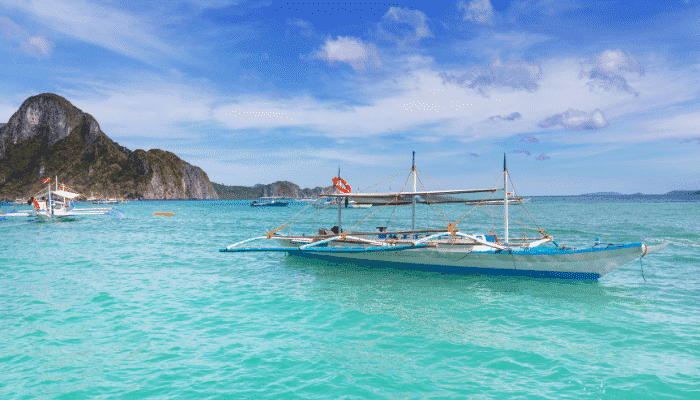
Huge Mantas, spanning 7 metres and weighing more than 1400 kgs are common in this sea. Biologists have recorded 7 species of Pygmy horses in the world so far and about 6 of these are found in this sea.
The Philippine Sea is famous among divers, biologists and scientists. It is an ideal location for seeing whale sharks, the biggest fish in the world. Marine biologists frequent the sea to study them along with tourists, hence whale-shark seeing offers a stable income to the local people.
Coral Triangle, one of the planet’s crucial reef systems, lies in the Philippine sea. It is the planet’s most diverse and rich region in terms of marine biodiversity. The Philippines sea waters comprise the Triangle’s coral reefs spanning across 33,000 kilometres approximately. It is home to 500 species of stony corals and 12 indigenous species of corals.
Coral Triangle spans the Pacific and comprises the waters around Indonesia, the Philippines, Malaysia, New Guinea, Solomon Islands etc.
It homes 75% of the planet’s coral species, 2228 reef fish etc.
The largest sea in the world sustains around 20 million people, providing protein-rich seafood for consumption and also international trade. The coastal communities of the Philippines depend on the sea for their livelihood and additional income.
However, in recent years, the Philippine sea has faced destruction and degradation from human activities and increased human interference. The sea is being overexploited for its resources, with extensive fishing and destruction of the marine habitat. This has resulted in acidification, and ecological imbalance which coupled with climate change is leading to the death of many coral colonies.
The sea also faces threats from dangerous fishing practices such as dynamite or cyanide fishing and illegal fishing using deep trawlers. There is a need for promoting eco-tourism, initiating conservation and preservation of the rich marine ecosystem of the world.
Conclusion
The Philippine Sea is the largest sea in the world, used as a trading route since medieval times by the Europeans. In the present day, it acquires a place of importance for being a rich marine biodiversity region, and for its contribution to the world’s fisheries sector. It is located in a seismically active zone with a picturesque landscape, which propels tourism in this sea.
You might also like to read:
- 11 Technologies That Are Used To Study And Understand Oceans
- What are the Creepy Dead Zones of the Oceans?
- 15 Brave Organisations Fighting To Save Our Oceans
Disclaimer :
The information contained in this website is for general information purposes only. While we endeavour to keep the information up to date and correct, we make no representations or warranties of any kind, express or implied, about the completeness, accuracy, reliability, suitability or availability with respect to the website or the information, products, services, or related graphics contained on the website for any purpose. Any reliance you place on such information is therefore strictly at your own risk.
In no event will we be liable for any loss or damage including without limitation, indirect or consequential loss or damage, or any loss or damage whatsoever arising from loss of data or profits arising out of, or in connection with, the use of this website.
Do you have info to share with us ? Suggest a correction
Disclaimer :
The information contained in this website is for general information purposes only. While we endeavour to keep the information up to date and correct, we make no representations or warranties of any kind, express or implied, about the completeness, accuracy, reliability, suitability or availability with respect to the website or the information, products, services, or related graphics contained on the website for any purpose. Any reliance you place on such information is therefore strictly at your own risk.
In no event will we be liable for any loss or damage including without limitation, indirect or consequential loss or damage, or any loss or damage whatsoever arising from loss of data or profits arising out of, or in connection with, the use of this website.
Latest Maritime Knowledge Articles You Would Like:
Subscribe To Our Newsletters
By subscribing, you agree to our Privacy Policy and may receive occasional deal communications; you can unsubscribe anytime.















